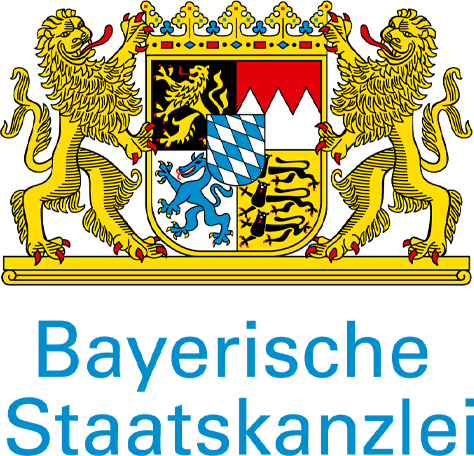Court rules on effect of councillor walk-out on district elections
Background
In this case, a group of councillors walked out of the meeting in which district representatives were going to be elected. A further councillor abstained from participating in the voting. However, the meeting remained quorate and thus continued. As a result of the walk-out, only three of the seven parties on the council submitted candidate lists. These lists were voted on, and the seats had to be allocated (in terms of the procedure set out in item 20 of Schedule 2 of the Municipal Structures Act).
After the first round of seat allocation, only 4 of the 10 available seats were allocated. The surpluses of the lists (i.e. fractions after the comma) were used to allocate the remaining seats. After the second round of allocations of seats, only 7 of the 10 available seats had been allocated. All of this was because of the absence and abstention of a contingent of councillors.
The IEC’s representatives, tasked with managing the election and seat allocation procedures, were thus faced with the unusual scenario in which three seats remained unfilled, even after the surpluses were compared. They then allocated the three remaining seats by allocating one additional seat to each of the three contesting candidates’ list.
The Court's decision
The IEC went to Court to review its own decision. The question was whether the three seats should have remained unallocated, or whether the IEC’s local representatives were correct in allocating them in the order of the highest surplus.
The IEC argued that the surpluses may only compete once, not twice. It pointed to section 156(7) of the Constitution, which provides that the composition of a local council’s delegation to the district council must fairly reflect the composition of the local council. Candidates’ lists should only receive seats that reflect their votes on the local council, and therefore their support amongst the municipality’s residents. If a seat remains unfilled because a party decided not to participate in the election, that is a reflection of the choice made by that party, and not a flawed electoral process.
The uMhlathuze Local Council and the three affected councillors argued that the main objective of item 20 of Schedule 2 of the Municipal Structures Act is not to pursue proportional representation of political parties, but proportional representation of local municipalities on the district. It argued that the strength of the local municipality’s representation on the district council ought not to suffer as a result of one or more political parties not taking up their seats.
The Court agreed with the IEC’s interpretation. It emphasised that, allowing the surpluses to compete multiple times until all seats are allocated, could mean that “a party that may have fewer votes ends up benefiting more than a party that has more votes” (paras 65-69). It ruled that the election of the three councillors was unlawful.
Assessment
The way in which local councils elect their representatives to the district council aims to afford that local municipality a say in the district council that is commensurate with its size. However, that is not the only objective. The electoral system also ensures that the composition of the delegation to the district reflects the diversity of party and interests that took part in the vote. When a party refuses to participate in the election, this should not distort the outcome of the PR election for seats on the local delegation to the district.
The sad reality is that the first objective, namely to ensure that each local municipality has a voice commensurate to its size, suffered in this case.
This is another example of the pernicious consequences of walk-outs. The walk-out compromised the interests of the residents of uMhlathuze. It resulted in uMhlathuze not being able to advocate for its interests in the district council at the strength that accords with its size.






